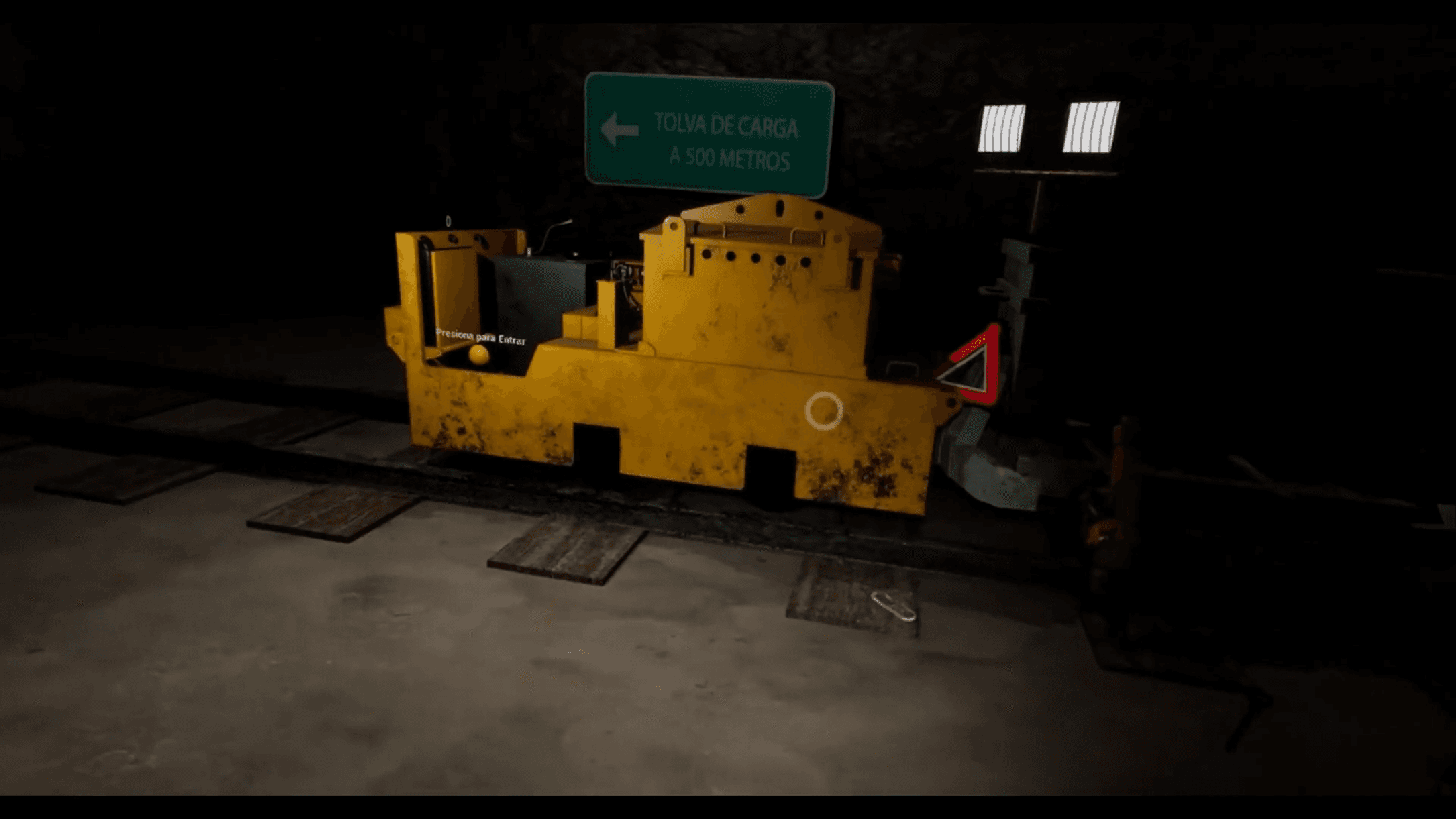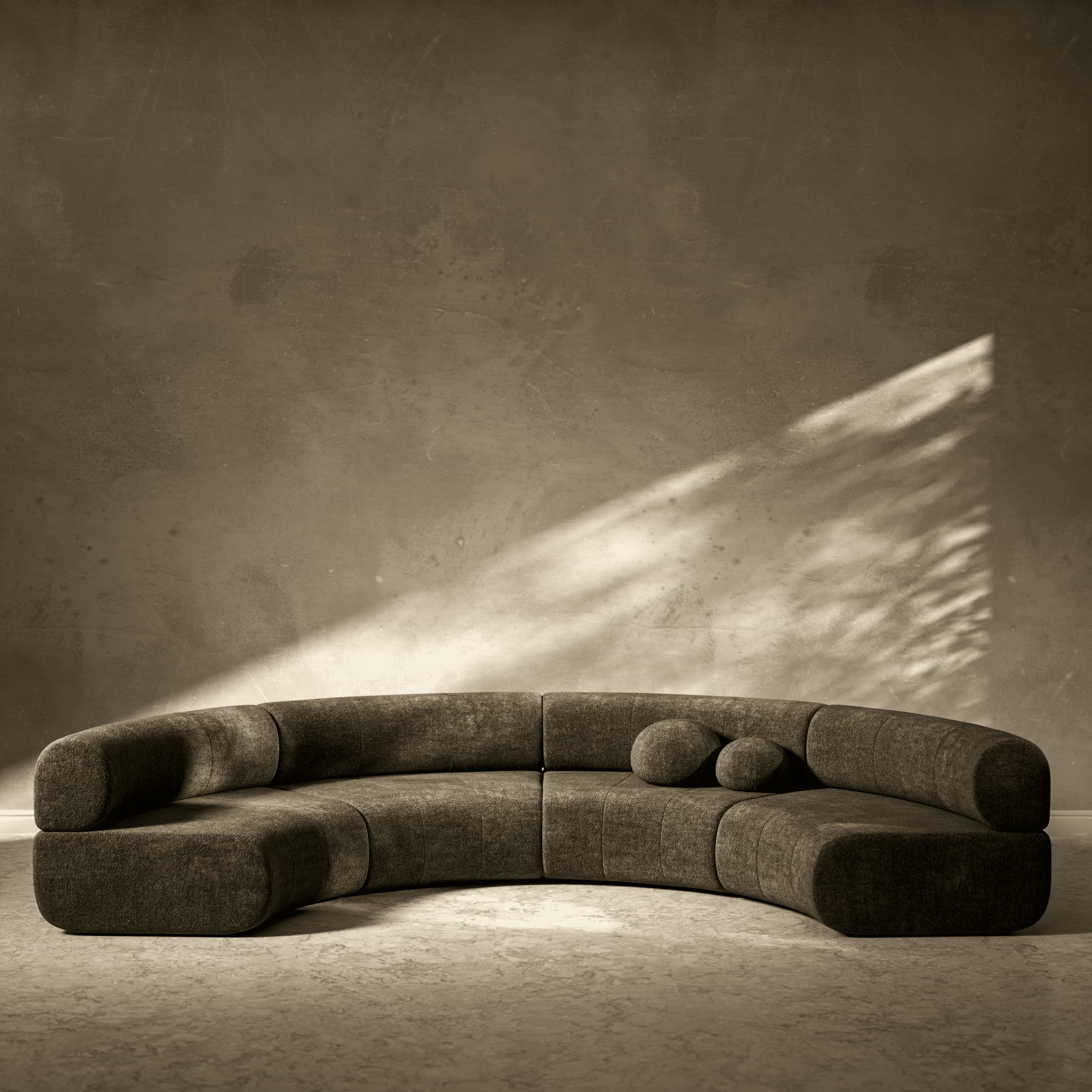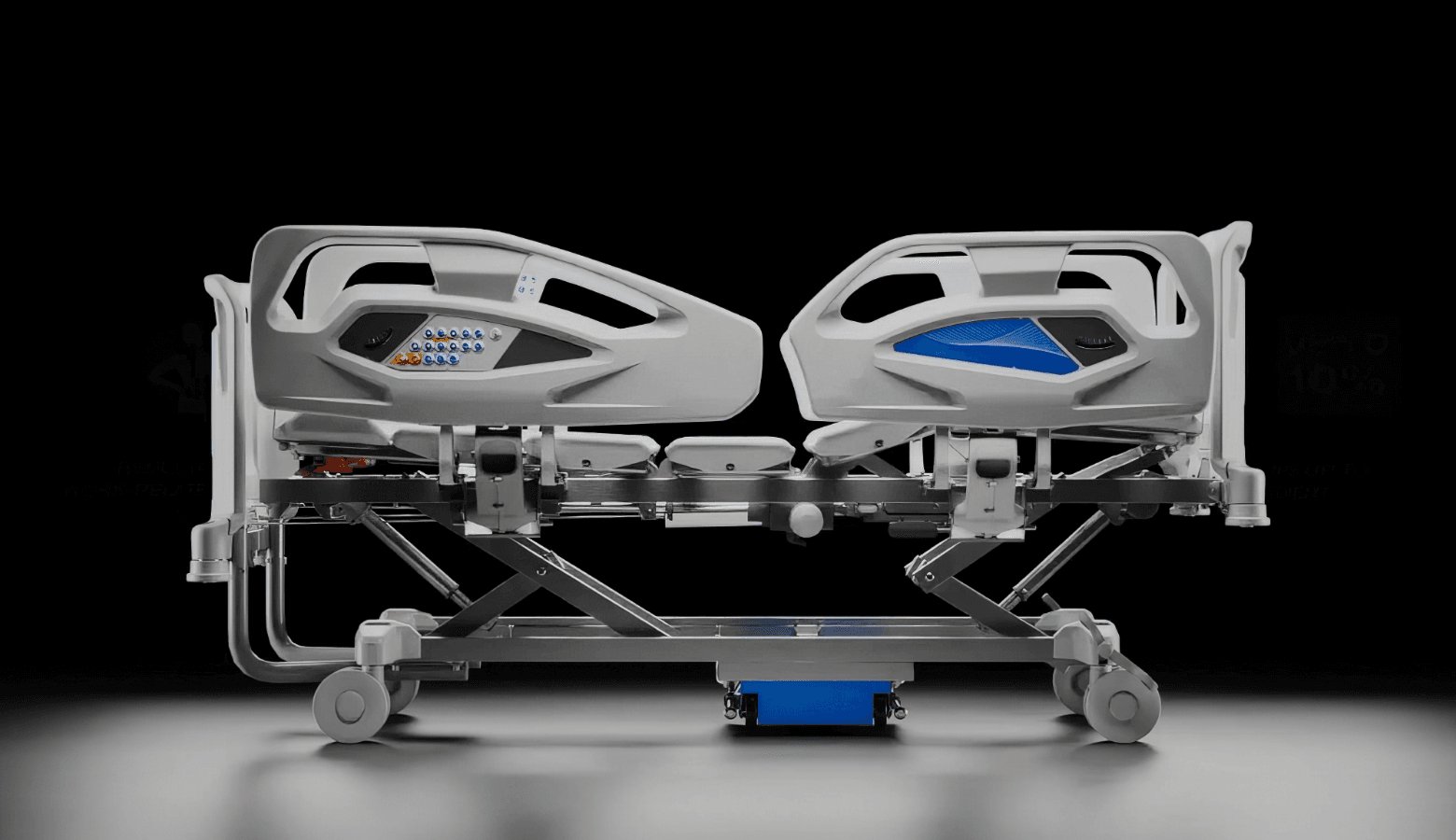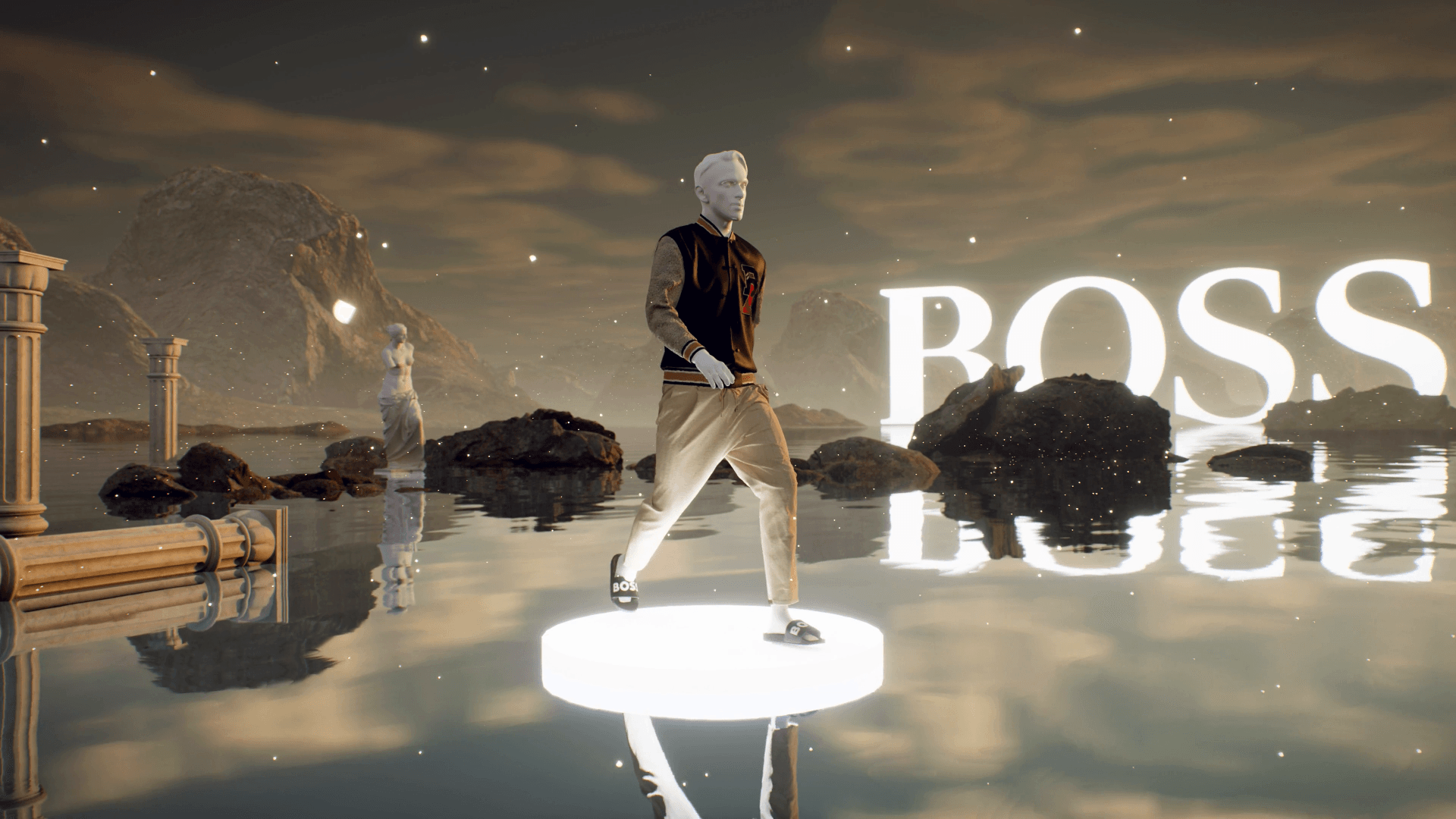Rendering 3D: what it is, what it’s for, and why it’s useful
A guide to 3D rendering: discover what it is, how to use it, its advantages, and the main ways to create high-quality, realistic images.
Rendering 3D: what it is, what it’s for, and why it’s useful
3D rendering has become an essential tool in many fields, from architectural design to product development and visual communication.
But what exactly is it, and why is it so useful?
Rendering transforms a digital three-dimensional model into a realistic digital image, allowing you to view a project from every angle, with materials and details faithful to reality.
This technology not only improves the design phase but also offers concrete advantages such as cost savings, more effective communication with stakeholders, and faster project delivery times.
In this guide, we’ll explore what 3D rendering is, its benefits, and its most common applications—helping you understand why it’s so valuable across many industries.
What is rendering?
3D rendering is the process of transforming a three-dimensional model into a two-dimensional image, often in high resolution and with high-quality graphics.
Simply put, it’s the generation of an image from a digitally created scene: real objects, environments, lights, shadows, and materials are combined during rendering to produce the final result. This step is essential because it lets you preview a project before it physically exists. For example, in architecture you can design a house in 3D and obtain realistic interior or exterior renders—just like in this 3D living-room rendering project.
The same applies to industries such as industrial design, automotive, and advertising.
Rendering can be static—producing a still image—or animated, as in videos and simulations.

What are the advantages of 3D rendering?
3D rendering is truly valuable because it clearly shows, from every perspective, how a project will look before it’s built. It brings ideas to life visually, turning a 3D model into a digital image that can be easily shared and analyzed.
One key benefit is the ability to present clients with a photorealistic preview, avoiding misunderstandings or last-minute changes. It’s like having a window into the future, where you can explore materials, lighting, and angles without spending time or money on physical prototypes.
Photorealistic renders provide such accurate visual quality that you can fully understand how digital models will appear once realized in the real world.
Another major advantage is time savings throughout the design process. Realistic images and animations help identify and correct errors early, preventing delays and extra costs later.
Photorealistic rendering is widely used for architectural projects and is equally perfect for presentations, catalogs, or websites, giving any project a professional, polished look.
Whether you’re an architect, designer, or marketer, 3D rendering helps you communicate ideas clearly and convincingly, transforming simple 3D models into highly detailed digital images.
Applications of 3D rendering
3D rendering is a versatile technology that has increasingly found a place in many different sectors. By turning digital models into realistic images, it’s indispensable for design, visual communication, and promotion.
Architectural design and interior design
One of the most important areas for 3D rendering is architectural and interior design. Professionals use rendering to create photorealistic images showing the final appearance of buildings and interiors, allowing every angle to be evaluated before construction. This is crucial in the design phase to assess materials, lighting, colors, and spatial layout clearly and in detail.
Thanks to photorealistic rendering, clients can see a preview so realistic it looks like a photograph—improving communication and speeding approvals.
Industry and product design
In industrial design, 3D rendering makes it possible to visualize and modify a digital product model early in development. This clarifies shapes, proportions, and materials without immediately creating physical prototypes, reducing time and costs. A practical example is the automotive industry, where animations and photorealistic renders help evaluate every aesthetic and functional detail before production. The same applies to furniture, electronics, or other consumer products.
Advertising, marketing, and websites
In advertising and marketing, 3D rendering has become a key tool for creating impactful visuals. Generated 3D images can be used in brochures, commercials, or directly on a website, offering a professional, eye-catching representation of products and services. Rendering often makes it possible to showcase scenarios or products that would be difficult or too expensive to photograph in reality, expanding creative possibilities and improving audience communication.
Film, video games, and virtual reality
In entertainment, 3D rendering underpins the creation of virtual worlds and detailed characters. Thanks to this technology, movies and video games can deliver immersive experiences with lifelike environments and objects. Virtual and augmented reality also use rendering to recreate high-quality digital models, allowing users to interact with simulated spaces and fully immerse themselves in innovative experiences—not only for entertainment but also for training and sales.
Medicine and Training
An emerging application of 3D rendering involves medicine and medical education. Detailed digital models of organs or anatomical structures help doctors and students visualize and study the complexity of the human body. Rendering also allows surgical procedures to be simulated and outcomes predicted, improving preparation and increasing the safety of real interventions.
How to create a render
Producing an effective 3D render requires several key steps to transform a digital project into a realistic image:
- Create the 3D model: Build the digital shape of the object or environment, defining geometry and details.
- Apply materials: Assign textures, colors, and physical properties to surfaces to make the model more realistic.
- Set up lighting: Position lights and shadows to simulate real conditions and enhance the model.
- Choose the framing: Select the best viewpoint to highlight the project and convey the concept.
- Run the rendering: Launch the software process that calculates lights, shadows, and reflections to generate the digital image.
- Post-production (optional): Make final tweaks or enhancements, such as adjusting colors and contrast.
To obtain a 3D render, you can either use simpler rendering software—suitable even for beginners—or hire a professional 3D studio for high-quality, precision work. Let’s look at the differences.
Professional 3D render
A professional 3D render stands out for its detailed quality, accurate materials, and realistic lighting. Achieving this level requires experience, attention to detail, and advanced techniques such as global illumination, ray tracing, and post-production. Industry professionals refine every aspect of the digital model—from geometry to textures, scene composition, and camera angles.
The result is an image that communicates the project’s concept effectively, ideal for presentations, marketing, or production.
DIY rendering software
For those who want to experiment or create simpler renders, many accessible and easy-to-use rendering programs are available. Tools like Blender provide powerful, free capabilities (though with a learning curve), while others like SketchUp or Lumion deliver quick results without extensive technical training.
These programs are great for producing good-quality renders during preliminary design or for internal presentations. While they may not always match a professional render’s quality, they are an excellent starting point for exploring 3D graphics.
Examples of photorealistic renders
To truly understand the power of 3D rendering, nothing beats concrete examples. Here are some photorealistic render images created by Ophir Studio for different sectors, showcasing the quality, detail, and realism achievable with the right techniques and tools.



Why choose Ophir Studio’s professional 3D rendering?
Professional 3D renderings are the most effective way to clearly and precisely showcase every detail and function of a product or project. Unlike photos or videos taken in real settings—which often require long schedules and high costs—Ophir Studio’s 3D renderings create hyper-realistic images without logistical shooting issues.
This saves time and money while maintaining high quality, delivering striking visuals perfect for communicating your idea.
Frequently Asked Questions
What types of rendering exist?
There are various types of rendering, each suited to specific needs. The main ones are traditional rendering, aimed at high-quality, realistic images, and real-time rendering, used especially in video games or interactive presentations where images are generated instantly for a smooth experience. All types rely on 3D scene modeling but differ in how lights, materials, and details are calculated to fit the final purpose
Who performs rendering?
3D rendering is carried out by professionals with specialized skills in 3D graphics and advanced design software. These experts work on the 3D scene, refining every detail of the model—from material application to lighting. Strong technical expertise and the ability to optimize projects for the best balance of realism and production time are essential.
How long does rendering take?
The time required varies widely by project. Factors such as model complexity, required detail level, and final quality affect production time. Creating a realistic image, especially a photorealistic 3D render, requires considerable computing power and can take anywhere from a few minutes to several hours. It’s always a balance between speed and quality: the more detail and realism desired, the more time and resources the process demands.
Contact us!







